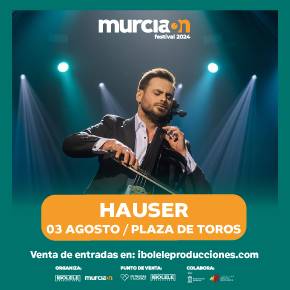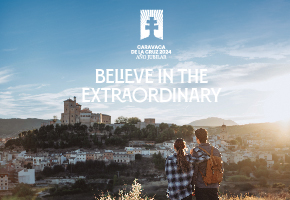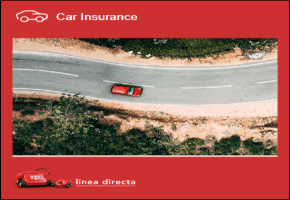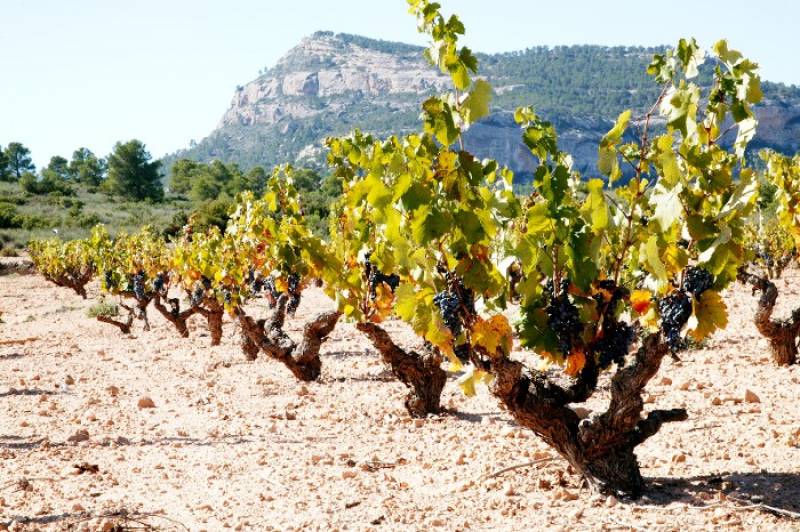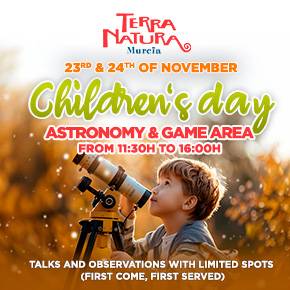- Region
- Águilas
- Alhama de Murcia
- Jumilla
- Lorca
- Los Alcázares
- Mazarrón
- San Javier
-
ALL AREAS & TOWNS
- AREAS
- SOUTH WEST
- MAR MENOR
- MURCIA CITY & CENTRAL
- NORTH & NORTH WEST
- TOWNS
- Abanilla
- Abarán
- Aguilas
- Alamillo
- Alcantarilla
- Aledo
- Alhama de Murcia
- Archena
- Balsicas
- Blanca
- Bolnuevo
- Bullas
- Cañadas del Romero
- Cabo de Palos
- Calasparra
- Camping Bolnuevo
- Campo De Ricote
- Camposol
- Canada De La Lena
- Caravaca de la Cruz
- Cartagena
- Cehegin
- Ceuti
- Cieza
- Condado de Alhama
- Corvera
- Costa Cálida
- Cuevas De Almanzora
- Cuevas de Reyllo
- El Carmoli
- El Mojon
- El Molino (Puerto Lumbreras)
- El Pareton / Cantareros
- El Raso
- El Valle Golf Resort
- Fortuna
- Fuente Alamo
- Hacienda del Alamo Golf Resort
- Hacienda Riquelme Golf Resort
- Isla Plana
- Islas Menores & Mar de Cristal
- Jumilla
- La Azohia
- La Charca
- La Manga Club
- La Manga del Mar Menor
- La Pinilla
- La Puebla
- La Torre
- La Torre Golf Resort
- La Unión
- Las Palas
- Las Ramblas
- Las Ramblas Golf
- Las Torres de Cotillas
- Leiva
- Librilla
- Lo Pagan
- Lo Santiago
- Lorca
- Lorquí
- Los Alcázares
- Los Balcones
- Los Belones
- Los Canovas
- Los Nietos
- Los Perez (Tallante)
- Los Urrutias
- Los Ventorrillos
- Mar De Cristal
- Mar Menor
- Mar Menor Golf Resort
- Mazarrón
- Mazarrón Country Club
- Molina de Segura
- Moratalla
- Mula
- Murcia City
- Murcia Property
- Pareton
- Peraleja Golf Resort
- Perin
- Pilar de la Horadada
- Pinar de Campoverde
- Pinoso
- Playa Honda
- Playa Honda / Playa Paraíso
- Pliego
- Portmán
- Pozo Estrecho
- Puerto de Mazarrón
- Puerto Lumbreras
- Puntas De Calnegre
- Region of Murcia
- Ricote
- Roda Golf Resort
- Roldan
- Roldan and Lo Ferro
- San Javier
- San Pedro del Pinatar
- Santiago de la Ribera
- Sierra Espuña
- Sucina
- Tallante
- Terrazas de la Torre Golf Resort
- Torre Pacheco
- Totana
- What's On Weekly Bulletin
- Yecla


- EDITIONS:
 Spanish News Today
Spanish News Today
 Alicante Today
Alicante Today
 Andalucia Today
Andalucia Today
December 5 to 15 The annual Fiestas de la Virgen in Yecla
Rigid tradition, the smell of gunpowder and the deafening sound of arquebus fire in the early December fiestas of Yecla
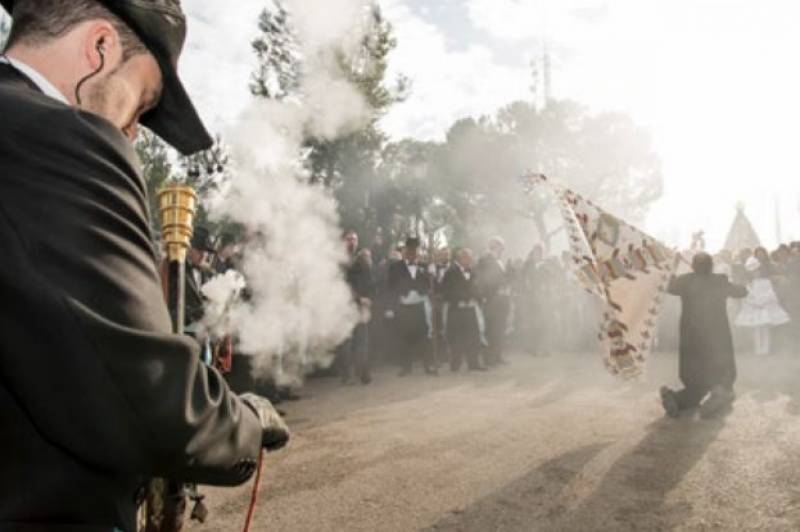 There are many fiesta traditions in Spain which seem bizarre to those from elsewhere in Europe, and the Fiestas de la Virgen in Yecla, which are held every December, are one of those where the most important advice to anyone attending is DON'T FORGET TO TAKE EARPLUGS!
There are many fiesta traditions in Spain which seem bizarre to those from elsewhere in Europe, and the Fiestas de la Virgen in Yecla, which are held every December, are one of those where the most important advice to anyone attending is DON'T FORGET TO TAKE EARPLUGS!
(Click here to access a pdf leaflet about the fiestas produced by the Town Hall.)
Many of the traditions in these fiestas date back to around 400 years ago, and for this reason the noisy weapon of choice which is fired (not in anger) in the streets is the arquebus. Over 700 "tiraores" (shooters) and “cargaores” (loaders) accompany the figure of the Virgen in procession through the streets and the proceedings are absolutely dominated by the pungent smell of gunpowder, the flare of fire and the overwhelming crack of gunshots.
The events schedule varies very little from year to year, so deep-rooted are the traditions, and in 2024 the program includes the following:
Saturday November 30
19.00: The official opening speech of the fiestas at the Teatro CO ncha Segura. The speech is given this year by Fernando Luis de Mergelina Alonso de Velasco, grandson of archaeologist Cayetano de Mergelina, after whom the impressive Yecla archaeological museum is named.
Thursday December 5
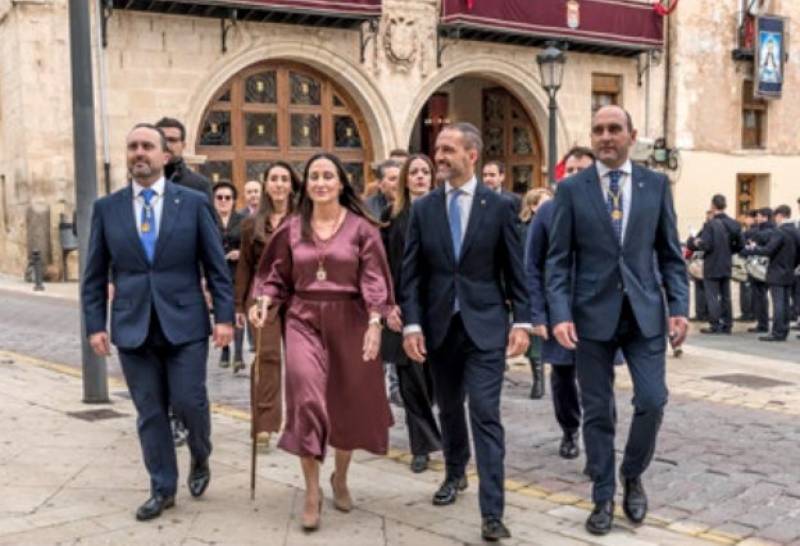 This is the day of the “Acto del Beneplácito” opening ceremony in the Town Hall, when the President of the Asociación de Mayordomos officially requests permission from the municipal authorities to declare the fiestas under way. 18th century Alabardero soldiers and drummers noisily invite the residents of the town to join in the celebrations.
This is the day of the “Acto del Beneplácito” opening ceremony in the Town Hall, when the President of the Asociación de Mayordomos officially requests permission from the municipal authorities to declare the fiestas under way. 18th century Alabardero soldiers and drummers noisily invite the residents of the town to join in the celebrations.
12.30: The Beneplácito begins in the Auditorio Municipal, when the President of the Mayordomos, José Luis Soriano Morata, requests permission from Mayoress Remedios Lajara Domínguez to hold the fiestas in honour of the Purísima Concepción (Immaculate Conception), patron of the city.
The dignitaries then raise the flags at the Town Hall and 15 rockets are launched, answered by another 15 from the Santuario del Castillo.
Friday December 6
 This is a national holiday (Constitution Day) and it begins early in Yecla when muskets are fired to announce the beginning of the celebrations. This is followed by a Mass in the Basílica de la Purísima, and in the afternoon the soldiers involved take part in the kissing of the flag (El Beso de la Bandera).
This is a national holiday (Constitution Day) and it begins early in Yecla when muskets are fired to announce the beginning of the celebrations. This is followed by a Mass in the Basílica de la Purísima, and in the afternoon the soldiers involved take part in the kissing of the flag (El Beso de la Bandera).
8.35: The group sets out on a route along Calle Niño Jesús, Calle Hospital, Calle Cruz de Piedra, Calle Rambla, Calle Esteban Díaz, Calle Esperanza and Calle Pablo Picasso.to the home of the Mayordomo del Bastón (the head Mayordomo, who carries a large stick to indicate his importance!).
9.05: The route now follows Calle Pablo Picasso, Calle General Cabanellas, Calle Trinquete, and Calle Primero de Mayo to the home of the Mayordomo de la Bandera.
9.30: The flag is presented and five minutes later the committee heads to the church of San Francisco.
10.00: Misa de Pajes, a Mass for the pages of the processions, followed by a march to the station for the Kissing of the Flag.
17.40: The batallions gather at the church of San Francisco: no more are admitted after 18.20.
18.30: The flags leave the church of San Francisco to be borne aloft in the "Marcha Real". Route: Calle San Francisco, Martínez Corbalán, Plaza Mayor, Plaza Concejal Sebastián Pérez. The flags are then returned to the home of the Mayordomo de la Bandera.
Saturday December 7
This is the day when the figure of the Patron of Yecla is brought down to the town. Events begin early with the “Alborada” in the courtyard of the Basílica. The soldiers then make their way up to the Santuario del Castillo, firing their arquebuses all the way, before bringing the Saint down to her temporary home in the Basílica, again, firing their muskets. On leaving the Santuario high up by the castle, the “Mayordomo” waves the Virgin’s flag in a ceremony known as the “Paso de la Bandera”, a spectacle which is repeated when the procession arrives at the Basílica.
5.20: The Mayordomo de la Bandera leaves for the home of the Mayordomo del Bastón, and 30 minutes later they both head for the Basílica de la Purísima, where the "arcas cerradas" (isolated arquebus shots) are held at 6.00.
More shots are fired during the return journey.
8.10: La Bajada. The dignitaries set out to collect the figure of the Virgin, with the firing of arquebuses beginning at 9.00 in Calle San Francisco before the climb up to the sanctuary begins. Route: San Francisco, Martínez Corbalán, Plaza Mayor, Plaza Concejal Sebastián, Santo Cristo, Barco de Ávila.
18.05: The offering begins as the dignitaries set out before the official route to the Basilica begins. Route: Calle Epifanio Ibáñez, Calle del Callejón Ancho, then leaving at 19.15 on Calle Niño Jesús, Calle Hospital, Calle Cruz de Piedra, Calle Zaplana, Calle Francisco Castaño, Calle Maestro Mora, Calle San José, Calle Don Lucio, Calle San Pascual, Parque de La Constitución, Calle San Francisco and the Atrio of the Basílica.
Sunday December 8
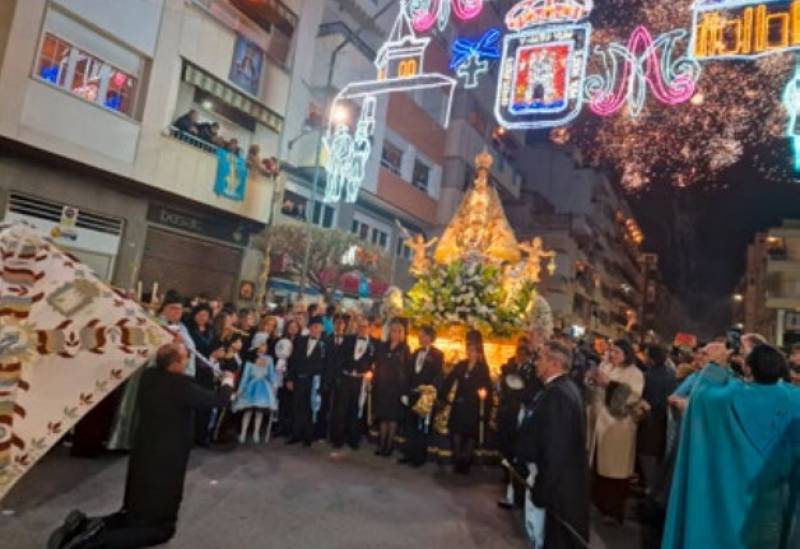 This is the biggest day of the annual Yecla fiestas, the feast day of “La Purísima”, which begins with a parade of all the soldiers and continues with the procession of the figure of the Patrona of Yecla through the streets of the town. During this procession the Mayordomo once again performs the Paso de la Bandera on leaving and re-entering the Basílica, accompanied by the deafening sound of hundreds of arquebuses.
This is the biggest day of the annual Yecla fiestas, the feast day of “La Purísima”, which begins with a parade of all the soldiers and continues with the procession of the figure of the Patrona of Yecla through the streets of the town. During this procession the Mayordomo once again performs the Paso de la Bandera on leaving and re-entering the Basílica, accompanied by the deafening sound of hundreds of arquebuses.
The Official Mass and the Proclamación de Clavarios
8.35: The dignitaries begin their long day with a walk to the Basilica de la Purísima, where Mass is held at 10.00. They then proceed to the Plaza Concejal Sebastián Pérez for the Proclamación de Clavarios, who are then escorted to their homes by musicians and assitants.
Procession of the Virgin
16.40: The dignitaries again set out first, but the procession starts at 18.15. When it is over the procession continues along Calle San Francisco, Calle San Pascual, Historiador Miguel Ortuño, Calle Maestro Mora, San José, San Francisco, Parque de la Constitución, Miguel Golf. Of course, more arquebus fire accompanies the proceedings, as well as music, before the rout econtines along Infanta María Teresa, General Cabanellas, Trinquete and Primero de Mayo.
Thursday December 12
The "Día del Clavario", when at 17.00 the holy "Salve" is sung in the Basílica de la Purísima and this is followed by a procession of Mayordomos, Clavarios and their pages and guests.
Saturday December 14
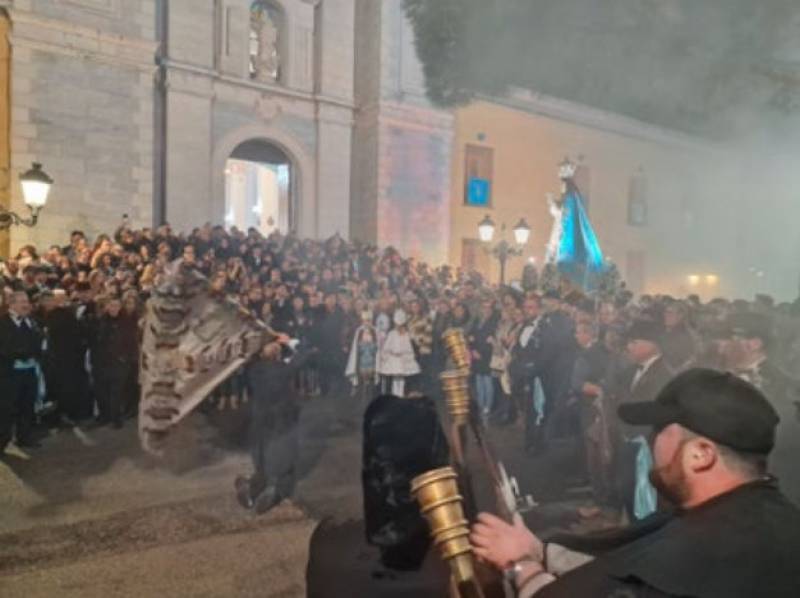 10.15: Children gather for their own floral offering to the Virgin Mary, with the processional route starting at 10.30 and running through Plaza Mayor, Epifanio Ibáñez, Niño Jesús, Hospital, Placeta Ortega, España and San Francisco to the Basílica de la Purísima.
10.15: Children gather for their own floral offering to the Virgin Mary, with the processional route starting at 10.30 and running through Plaza Mayor, Epifanio Ibáñez, Niño Jesús, Hospital, Placeta Ortega, España and San Francisco to the Basílica de la Purísima.
12.30: The fiestas dignitaries gather at the Basílica de la Purísima to start a parade to the Paza Mayor, where at 13.00 they are officially received by the Town Hall.
Sunday December 15
This the day on which the figure of the Virgen del Castillo is returned to her sanctuary and after a solemn Mass the Mayordomo once again leads the way, accompanied by the soldiers and arquebuses.
The Virgen is carried out of the Basilica and positioned in the doorway,saluted by each of the “tiraores” and their “cargaores” as they pass, loosing off shots from the centre of town right the way up to the sanctuary, before herself joining the procession as thousands of people slowly wind their way up the hillside. There is an almost surreal air of fire and smoke in the air as the procession climbs uphill on its 2-kilometre route, taking around 3 hours due to the volume of those firing guns and the number of people accompanying the Patrona on her journey.
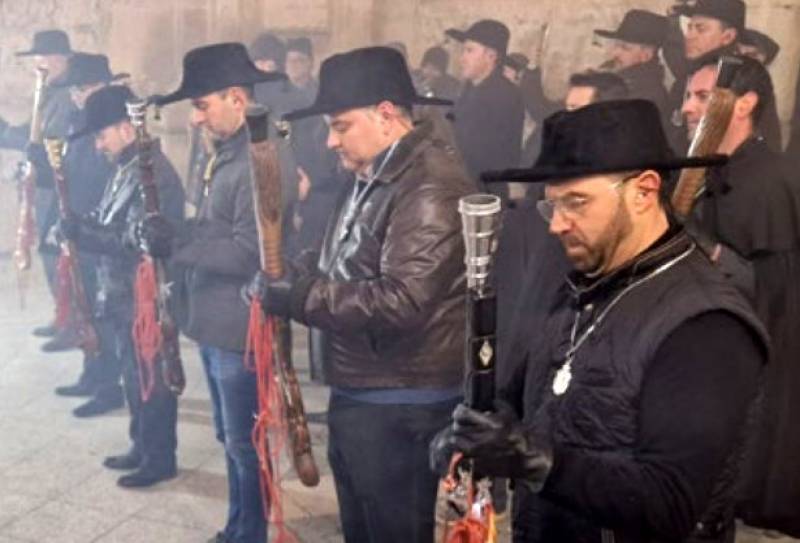 On arrival at the sanctuary the Virgin is paraded three times around the old pine tree before being taken inside, and her annual visit to the town officially ends with more flag-waving and gunshots.
On arrival at the sanctuary the Virgin is paraded three times around the old pine tree before being taken inside, and her annual visit to the town officially ends with more flag-waving and gunshots.
When the soldiers return to the town the Entrega de Insignias ceremony is held, in which the “Clavarios” become “Mayordomos”. One of these is the “Mayordomo del Bastón”, who represents Captain Martín Soriano Zaplana, and another is the “Mayordomo de la Bandera”, who carries on the tradition of the standard-bearer back in 1642. All of those forming part of this group are dressed in black trousers, hats and neckties and white shirts.This final ceremeony welcomes in the new recruits who will be allowed to bear arms and participate the coming year.
The procession begins this year at 15.55 but the climb up to the sanctuary does not start at the Basílica until 17.30.
Prior to this, during the morning various processions accopmany the fiestas dignitaries to Mass, which is held in the Basílica de la Purísima at 10.00.
If visiting Yecla make sure one of your first ports of call is the tourist office (Plaza Mayor, 1, email turismo@yecla.es, telephone 968 754104).
For more local events, news and visiting information go to the home page of Yecla Today.
staff.inc.ali
Oficina de Turismo de Yecla
 Yecla is a large municipality in the north of the Region of Murcia, home to just under 35,000 people, and these days is best known for its wines, which enjoy Denomination of Origin status, and its furniture production, which has its origins in the abundance of pine trees on the mountainsides and the high plateaux.
Yecla is a large municipality in the north of the Region of Murcia, home to just under 35,000 people, and these days is best known for its wines, which enjoy Denomination of Origin status, and its furniture production, which has its origins in the abundance of pine trees on the mountainsides and the high plateaux.
 While visitors in the 21st century may be attracted primarily by wine tourism, the town (or city, as it was proclaimed in 1878) also has a wide historical, cultural and natural heritage, and an identity quite different from the coastal areas of the Region of Murcia. For this reason it is often grouped together with its neighbour and fellow wine-producing area Jumilla as part of the Altiplano area.
While visitors in the 21st century may be attracted primarily by wine tourism, the town (or city, as it was proclaimed in 1878) also has a wide historical, cultural and natural heritage, and an identity quite different from the coastal areas of the Region of Murcia. For this reason it is often grouped together with its neighbour and fellow wine-producing area Jumilla as part of the Altiplano area.
Yecla borders with Castilla-La Mancha and the Region of Valencia and is closer to Alicante coastal areas than much of Murcia. These visitors come to see the historic old town itself - an atmospheric and interesting place, crammed full of history - the natural beauty of Monte Arabí, with stunning views for those who enjoy the outdoors, the gastonomy and of course the wine route.
 Yecla boasts cave paintings from 10,000 years ago in Monte Arabí, a Bronze Age settlement at El Arabilejo, Iberian remains in El Pulpillo and a Roman administrative centre at Los Torrejones as well as the remnants of the 11th century Moorish castle on the hill behind the town. More modern (and complete) testimony to the past are the buildings in the town centre, which include the grandiose Basílica de la Purísima, with its striking blue dome, the archaeological museum and the attractive Plaza Mayor, where the 16th century Town Hall stands alongside the Renaissance Casa de los Alarcos, the clock tower and the old grain store.
Yecla boasts cave paintings from 10,000 years ago in Monte Arabí, a Bronze Age settlement at El Arabilejo, Iberian remains in El Pulpillo and a Roman administrative centre at Los Torrejones as well as the remnants of the 11th century Moorish castle on the hill behind the town. More modern (and complete) testimony to the past are the buildings in the town centre, which include the grandiose Basílica de la Purísima, with its striking blue dome, the archaeological museum and the attractive Plaza Mayor, where the 16th century Town Hall stands alongside the Renaissance Casa de los Alarcos, the clock tower and the old grain store.
 The tourist office holds a full selection of leaflets, maps, pre-planned routes, accommodation and restaurant options and information about visiting Yecla for both individuals and groups.
The tourist office holds a full selection of leaflets, maps, pre-planned routes, accommodation and restaurant options and information about visiting Yecla for both individuals and groups.
There is parking close to the tourist office, although those driving to Yecla for the first time are advised to park in Calle Perales.
For further information go to the home page of Yecla Today.
Opening hours:
Tuesday to Friday 8.00 to 15.00
Saturdays 10.30 to 14.00 and 17.00 to 19.30.
Public holidays 10.30 to 14.00
Click for map, Yecla tourist office

